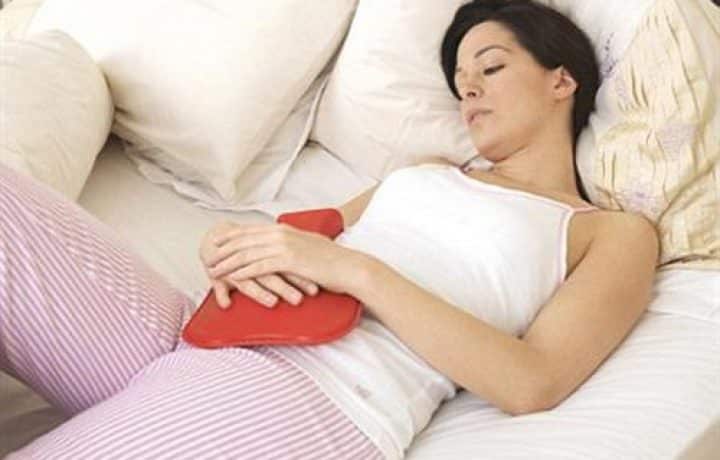It is important to understand that there are many different types of urinary incontinence (the involuntary loss of bladder control). Each type can have more than one cause, and you can experience urinary incontinence for more than one reason. For successful management of the condition, it is crucial to establish the cause or causes so your healthcare provider can customize your treatment. Urinary incontinence is not uncommon, and, unfortunately, it can be embarrassing and affect a person’s quality of life. However, it is often curable.
PAGE CONTENTS
Some Forms of Urinary Incontinence
The major causes of urinary incontinence are:
- stress urinary incontinence
- urge incontinence
- overflow incontinence
- functional incontinence
- iatrogenic incontinence
Stress Urinary Incontinence

The good news is that there are other management options. For example, your healthcare provider can assess your condition and determine if surgery, drug therapy or more extensive exercises, which use special devices (a high-tech bladder personal trainer), are indicated. Until you have achieved successful relief, however, there are disposable absorbent products available, which are relatively small and not visible under most clothing.
Urge Incontinence
Urge incontinence is the inability to stop urine leakage after experiencing an intense urge to urinate. This may be associated with more frequent urination, frequent nighttime awakenings in order to urinate, and voiding only small amounts of urine at a time. It has a variety of causes, which may include urinary tract infections or even nervous system disorders. It is important to work with your healthcare provider to determine the cause so you can start appropriate management. This includes treating the underlying condition, such as using antibiotics for infection. Not all antibiotics are good for treating urinary infections so it is very important not to treat yourself with leftover antibiotics from your medicine cabinet. Discuss your symptoms with your healthcare provider to determine which antibiotics to use or if a urine culture needs to be evaluated.
Overflow Incontinence
Overflow incontinence occurs when there is insufficient emptying of the bladder after urination and the bladder becomes so full that urine begins to involuntarily leak out. Some associated signs may include a reduced urine stream, a swollen bladder and/or tenderness above the pubic area. This type of incontinence may be caused by bladder muscle weakness, faulty messages from the nervous system, diabetes, spinal cord damage, or even the use of muscle relaxing drugs. This type of incontinence can potentially damage the kidneys, as the body does not tolerate long-term backup of urine.
